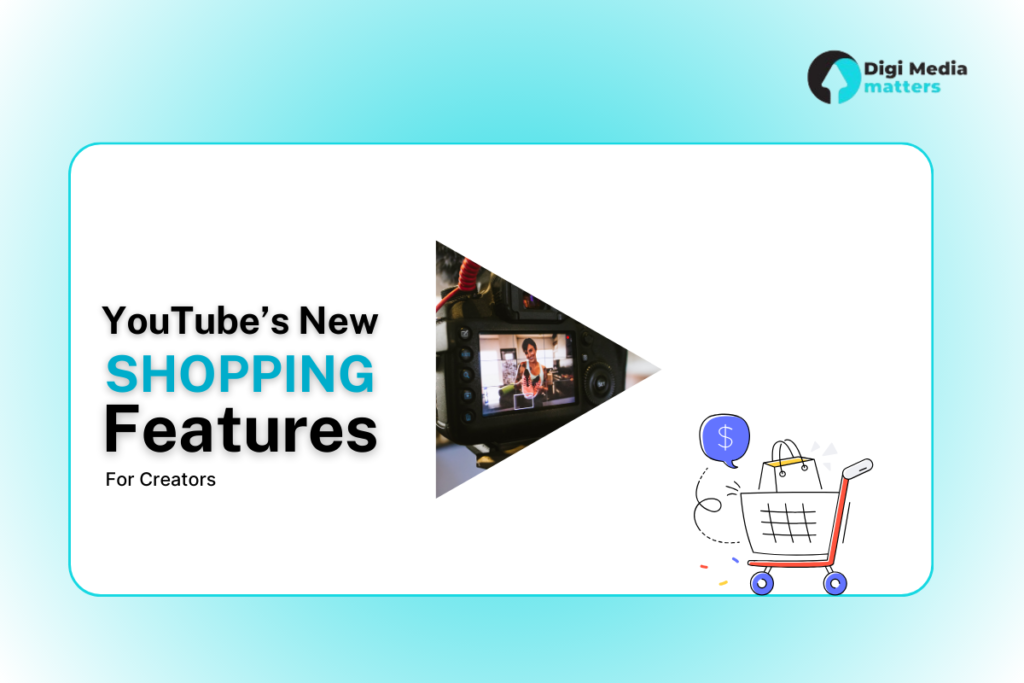
YouTube has unequivocally established its dominance over the burgeoning online video industry and is perfectly placing itself in line with the rising field of social commerce. The Google-owned platform has put out a suite of new features that help to streamline the integration of shopping experiences in videos for creators and brands. This move reveals YouTube’s understanding of the growing influence of in-video commerce, pegged at a phenomenal $50 billion (about $150 per person in the US) in 2023 as envisaged by the leading authorities.
The fact that the creator is the central figure in the economic dynamics of this commerce isn’t surprising at all. YouTube counts more than 2 billion active users per month among which, a lot of them get inspired by YouTube or use YouTube as a review platform. The recent 2023 study by McKinsey & Company found that influencer marketing is the primary channel for Gen Z discovering a new product with 60% of consumers indicating that influencers drive their purchasing decisions, a reflection of the immense power creators wield in consumer’s product acquisition.
You Tube’s shopping features which is in line with this trend brings along more powerful tools for channels that want to monetize their content more effectively. The notion of “Shopping Collections” is a new enhancement — an addition that permits creators to include and demonstrate their preferred items within the channel’s product list and store tabs, as well as in their video descriptions. Through this, content creators get a chance to be makers of virtual shops, advocating their viewers to a particular product that they want to sell and get a commission for each sale as well.
On the part of the brands, the listing of items is no less tempting. Whether the brand is looking for influencers to promote a new product or likeminded creators to collaborate with on a project, the “Affiliate Hub” within YouTube studio provides a complete vendor list of YouTube creators listed in the shopping program. This centralized hub allows us to make key data-driven decisions into what are the best commission rates to offer as well as collect promo codes and product samples to test them out. This process helps to link brands up with influencers and the whole campaign management solution can be easily handled.
Not only do these services have features like affiliate programmes in the US, which pay a commission for creators to link to products from their videos, but they also have benefits like providing expert-led advice on managing mental health. This, in effect, is the tactic that Instagram has been implementing and its success might be replicated by other networkers who have huge followers.
The timing of these strategic improvements is no doubt remarkable. TikTok, YouTube’s main competitor, is already developing a niche for itself in social commerce with TikTok Shop, a platform dedicated to in-app purchases. These new features of YouTube indicate a strong ambition of not only challenging TikTok, but to downright dethrone it via employing their existing stable of creators and a huge archive of content.
However, challenges remain. One of the key factors responsible for the impact of in-video commerce is trust and originality of product. YouTube will have to develop and refine a system of reviews that will guarantee everybody’s safety from any deceiving advertising policies of the platform. It is also crucial to consider having one seamless shopping experience across all devices, because anything that is a roadblock to checkout process there is a possibility that potential customers will be diverted.
Despite all these hurdles, YouTube is predicted to play a significant role among social commerce as well. Through its support of content creators and brand collaborations, YouTube plans to convert an apparent medium into a strong e-commerce platform. Whether this translates into a significant revenue stream for the platform remains to be seen, but one thing is certain: the fact that one day YouTube will become a platform for studying and research is quickly approaching. The future of YouTube will, most probably, be brought by a web of interesting and captivating content and personalized recommendations, all sewn together in one new online marketplace.
